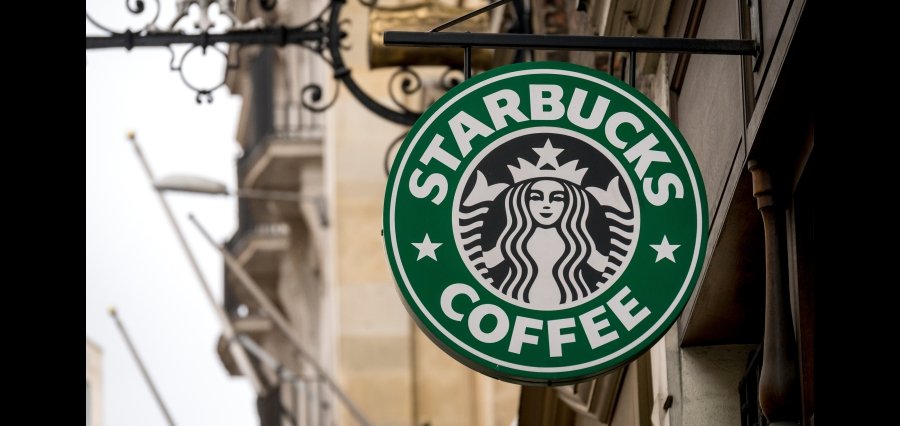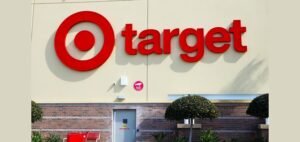Prime Highlights
- Starbucks Q2 FY2025 profit and revenue lagged Wall Street estimates after softer U.S. demand.
- Same-store sales worldwide declined 1%, weighed down by a 2% decline in the U.S. market.
Key Facts
- Adjusted EPS was $0.41 vs. a forecasted $0.49; revenue was $8.76 billion.
- Stocks declined more than 6% in after-hours trading following the earnings miss.
Key Background
In its fiscal second quarter of 2025, Starbucks released lower-than-expected results, which reflect severe trouble in its largest market—the United States. Revenue rose merely 2% year over year to $8.76 billion, falling below projections. Earnings per share was $0.41 adjusted, down from the projected $0.49. Net income dropped 50% from last year to $384 million due to increased costs and falling domestic traffic.
The company’s global same-store sales declined 1%. Looking closer, U.S. comparable sales declined 2%, with transactions declining 4%. Although the average ticket rose 2%, it was not enough to compensate for fewer customers visiting. International markets fared better in comparison, with same-store sales rising 2%, which shows there is room for future growth outside the U.S.
Starbucks CEO Laxman Narasimhan, who has presided over the company’s strategic transformation on the “Back to Basics” template, identified operational defects and promised fresh focus on fundamentals in-store experience. Initiatives vary from freshly redesigned store floors, simplified menus, and quick service. It is also introducing a pilot program to shorten wait times to under four minutes at flagship stores, to be rolled out to 3,000 stores by year-end.
Despite all these efforts, Starbucks is facing increasing headwinds—increased competition, increased labor and commodity expenses, and defensive consumption trends. The after-hours stock drop reflects investors’ doubts concerning the pace and caliber of the transformation. Starbucks will double down on store effectiveness and re-winning U.S. customers and sustaining growth in high-growth countries outside the U.S. Leadership is confident that ongoing investments and operational efficiencies will create long-term shareholder value.




